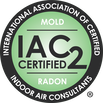Mike's Home Inspector BlogMichael Burfitt |
|
Welcome to Nova Scotia! There has been a recent spike in people who have chosen to make our city home from both across Canada and around the world and it is wonderful to see the vast and growing cultural diversity when walking around town. My son will get to grow up in a community that is much more welcoming of diversity and valuing of inclusion and I am happy to see our city change for the better.
However, as a professional home inspector based in Halifax and having grown up on the Dartmouth side of Halifax Harbour, I see a lot of misconceptions about homes in our community. The overwhelming majority of professional home inspectors in the world are in either Canada or the United States and this is not a coincidence. North America is certainly an economically strong region but there is a common misconception that homes are virtually maintenance free. This is FAR from the truth, and I have never inspected a home that did not have at least one issue (yes, even brand-new homes). Homes in North America are NOT Built Like Tanks There is a commonly held belief that houses in Canada are well built using strict building codes. This is only partial correct: while major structural issues (such as catastrophic collapse due to high winds) are extremely rare, modern homes are often built as cheaply as legally possible. This means that engineered components that while affordable, need to be properly installed to be effective and have limited lifespan that can be greatly reduced under certain conditions (like moisture penetration), such as roof and wall components. Unfortunately, on many building sites these can be installed by subcontractors not as familiar with proper installation techniques. We Have Mild Winters (and That’s a Bad Thing) While compared to the world at large we have brutally cold winters, looking at just Nova Scotia we typically have warmer winters than the rest of Canada. This means we usually get 8-10 mini winters with rain and warmer temperatures in the middle. As a homeowner I appreciate the snow being cleared but as a home inspector this is a challenge to work around. One consequence of our weather is that the frequent freeze/thaw cycles can cause significant destruction to homes through the expansion of water as it cools. Once water gets into building cracks, it can quickly cause further damage. This is one reason with Stucco-cladded homes are so rare in our province. Homes are Usually Built as Single-Family (3-4 people) Homes Until recently, it was considered unusual in North America to share a home with another generation or family. Once children reached their 20s, it was commonly expected that they would move out on their own. Today, it is very common to see 6 or more adults living under a single roof. While this is a great way of sharing resources, this is a concern to home inspectors. Put simply, modern homes need to be carefully balanced: HVAC, plumbing and electrical systems that work great in a 2-person household can experience significant issues in an 8+ person household and can experience major problems that never existed before. Beware the Flipped House I have seen many newcomers buying flipped (homes bought, renovated, and quickly resold) houses that I can see have major structural issues. While not all flipped houses are bad, I have seen far too many recent new arrivals pay a premium for homes that still have major and very expensive issues, such as electrical and plumbing problems. Home inspectors as a rule have an overall negative view of flipped homes as many are renovated as cheaply and quickly as possible. Remember, a home inspector is trained and experienced in telling the difference between a cheap cosmetic flip and a high-quality renovation. There is no question that houses are not nearly as plentiful as they should be, but you should still get all the information about your new home before making that financial commitment as it could cost you a lot more in the long run. In my quest to become Halifax’s top home inspector I have strived to learn so much about my profession that I have been called a walking encyclopedia of home knowledge and I wear that label with pride. I continually update my knowledge base to give you the Inside Edge (shameless plug) in my home inspections. So far, out of the very long list of courses I have taken there is only one in which I struggled to complete and that was the Advanced Stucco and EIFS course. The reason for this is very simple: while this type of wall covering is common throughout the world and used frequently in commercial and industrial settings, it is almost never seen in Nova Scotian homes. The few Stucco/EIFS houses I have seen in and around Halifax & Dartmouth have usually been replaced with standard vinyl siding, presumably due to moisture intrusion issues. Obviously, I had to find out why and if these systems are really that bad. First, it is important to note Stucco and EIFS (and even systems I looked at previously like ICF) look identical on the surface but are quite different, so let us look at Stucco first. Exterior Stucco There are a few ways of creating Stucco, but the basic formula is a mix of Portland Cement, Sand, Lime and Water. It is a heavy system that is generally affordable, relatively easy to install and easy to repair. It has been used all over the world for a good reason, just not here in Nova Scotia. Why is Stucco Not Popular in our Province? The reason is simple: it has two main disadvantages: 1) stucco is prone to cracking over time 2) stucco is susceptible to buckling in climates that have rapidly changing seasons, such as those with rapid freeze/thaw cycles. Sound familiar? It bears repeating that water is the #1 enemy of homes, so this makes Stucco a poor choice in most circumstances in our region. EIFS External Insulation and Finishing Systems (EIFS) are also known as Synthetic Stucco. This method of construction is relatively modern, being introduced to North America in 1969. It is a system that is both lighter and more energy efficient, since it usually contains rigid insulation. It is also much more resistant to cracking and other weather-related damage. There are several different EIFS systems that can be broken down into two basic categories:
What’s Wrong With EIFS?
There are plenty of horror stories about EIFS, with some inspectors even going so far as to recommend immediate and complete removal of the EIFS. Yikes! EIFS, like many modern building products (such as roof trusses) are engineered proprietary systems. What this means is that the manufacturer’s instructions must be carefully followed during installation to prevent moisture intrusion and consequently significant damage to a home. While there are certainly plenty of skilled contractors in our area, the recent building boom has seen residential build quality decline significantly in recent years. Once moisture gets behind an EIFS, it can cause significant wood decay and mold growth and can lead to serious and costly damage to the home that can go undetected for years. Given we live in one of North America’s wettest regions, a poorly installed EIFS system can have devastating long-term consequences and is one reason why most homeowners and builders steer clear of this system. Different areas of North America tend to favor one specific type of house siding and Nova Scotia is no exception. In this week’s blog post, we look at some of the most common types of siding seen in our province. Vinyl Siding This is the most popular choice in North America (about 1/3 of all installations) and is the overwhelming choice for homes in Nova Scotia. It has largely replaced wood and metal siding due to its combination of value, durability and lack of required maintenance. Not only does vinyl siding not need to be painted, but the colour goes all the way through the material and doesn't just cover the surface, meaning a scratch or other minor damage will not affect its appearance. Home inspectors look at several concerns such as signs of waviness, joints not staggered properly (a clear sign of poor or amateur installation) and proper detailing around windows, doors, and other penetrations. While relatively easy to install, it still takes skill to do properly. It has recently come to my attention that in my subdivision, the installation techniques were far from high quality, a fact I can personally attest to that when in 2018 we lost a significant amount of siding. These deficiencies can be hard to detect during a standard home inspection. Masonry (Brick, Stone & Concrete) I have previously covered this type of siding in a previous blog post. Inspectors look for signs of spalling, mortar deterioration and bowing walls (more common in older installations). In my experience these are usually quality installations by skilled masons and are generally well maintained. Wood Shingles and Shakes Most wood siding is composed of cedar due to its rot resistance. Other species of wood can be used (such as pine) but it requires additional preservatives to protect against rot. Wood siding also requires regular maintenance (such as painting or staining) and has little in the way of fire resistance. There are many different types of wood siding installation:
Asbestos Cement/Fiber-Cement Asbestos is a scary word and as a result asbestos cement siding has received an unfair bad reputation. As can be seen on my previous posts on asbestos, it is only dangerous in a friable state. Translation: there is no danger if the siding is not disturbed by heavy mechanical damage. Overall, it is a good siding material but since it was discontinued many years ago properly repairing it may be difficult, if not impossible. Modern versions of fiber-cement are commonly known by its main trade name Hardie board. It has many of the advantages of asbestos siding without the…. you know…. asbestos. It can be very hard to tell apart from wood and possibly my single biggest goof up as a home inspector was mistaking Hardie board for wood siding. It was located only in a specific area of the home on the second level and it taught me to always verify my visual observations by touch as much as humanly possible. Stucco/EIFS
Even though these two systems look identical, they are quite different. They are also common…. in commercial settings. Despite being very common on homes in other areas of North America, they are very rarely seen on houses in Nova Scotia. I actually had to do some research on these two types of siding and why they aren't more common, to which I will share my findings in next week’s blog. |
Archives
July 2024
Categories
All
|
|
Inside Edge Home Inspections Ltd.
Halifax, NS 902-209-9921 [email protected] Proudly Serving the HRM & Central Nova Scotia |
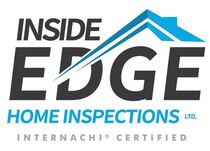
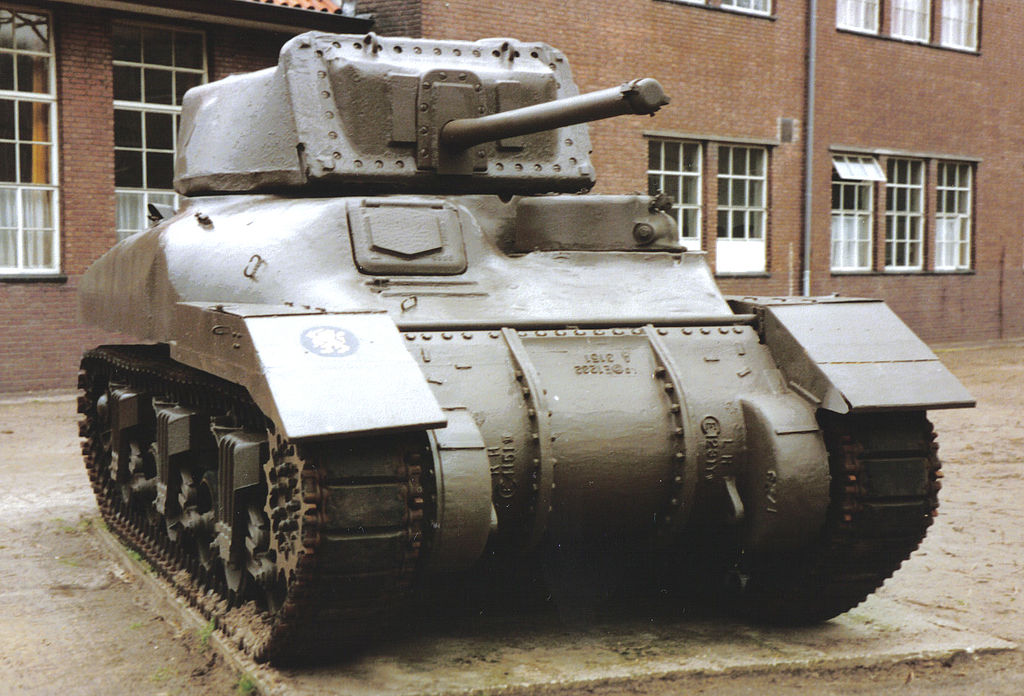
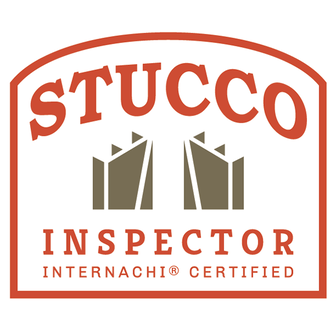
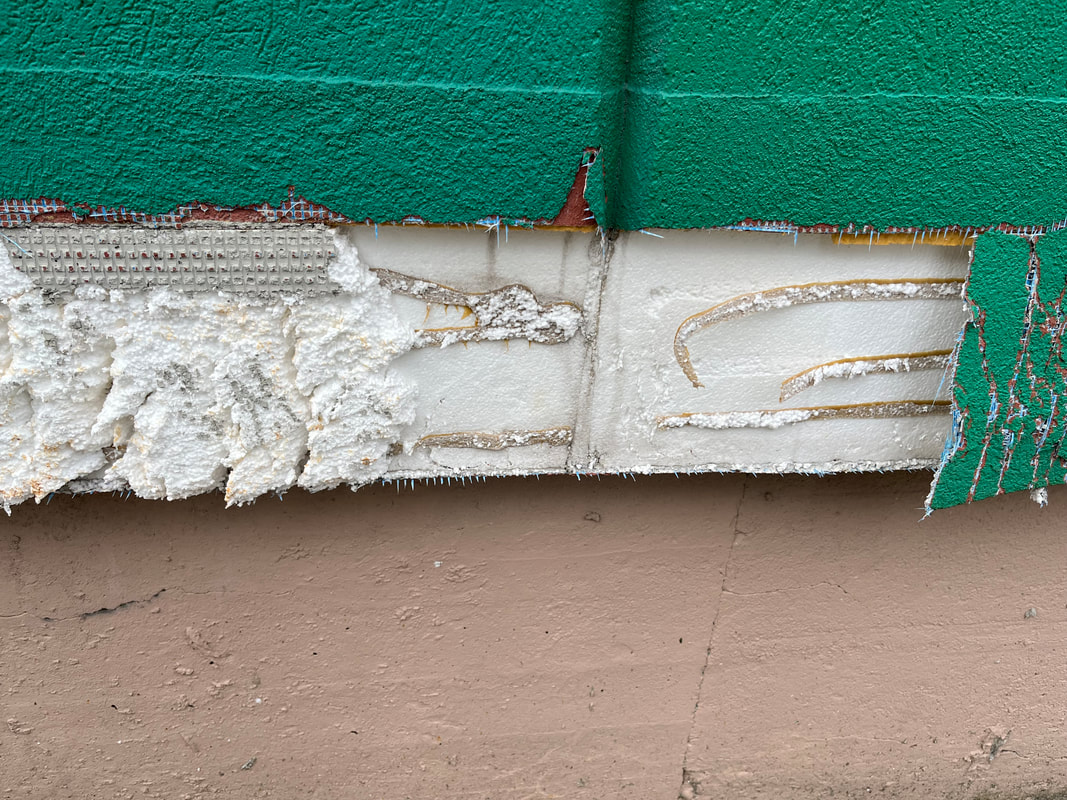

 RSS Feed
RSS Feed

